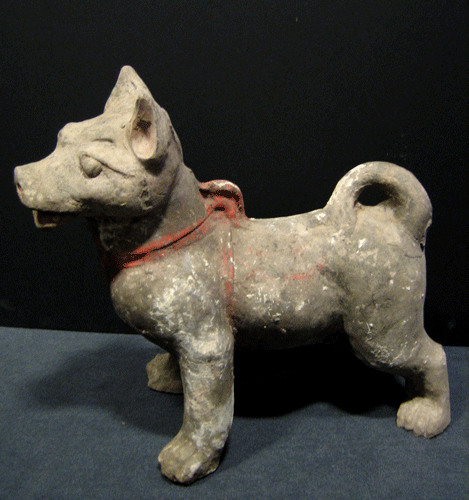The Chow Chow, among the world’s most singular and possibly oldest breeds, is depicted in artifacts of China’s Han Dynasty (c. 206 b.c.), but evidence suggests Chows go back much further and are progenitors of other spitz-type breeds—from the burly Norwegian Elkhound to the dainty Pomeranian.
Chows have played many roles during their long history. At times, they were the lordly companions to Chinese nobles. An emperor of the Tang Dynasty, circa eighth century, was said to have owned a kennel facility that housed some 5,000 Chows and a permanent staff of twice that number. But over the centuries they also earned their keep as guarders, haulers, and hunters.
Their ancestors were even a food source in the distant past of their densely populated, protein-starved homeland. An ancient breed nickname is the Edible Dog, and a theory behind the origin of the name Chow maintains that it derives from the Cantonese word for “edible.”
A more popular explanation of the breed name concerns 18th-century trading ships of the British Empire. At that time, the pidgin-English expression “chow chow” described the small, miscellaneous items within a ship’s cargo that weren’t itemized. “Chow chow” was simply another way of saying “etcetera,” and the odd-looking dogs British traders acquired in China were included on the ship’s manifest under the catchall “chow chow.”
In the 1820s Chow Chows were exhibited at the London Zoo as the “Wild Dogs of China,” but they didn’t really catch on in the West until Queen Victoria, an inveterate dog lover, acquired one later in the century. Chows were first exhibited in America in the 1890s and were admitted to the AKC in 1903.




